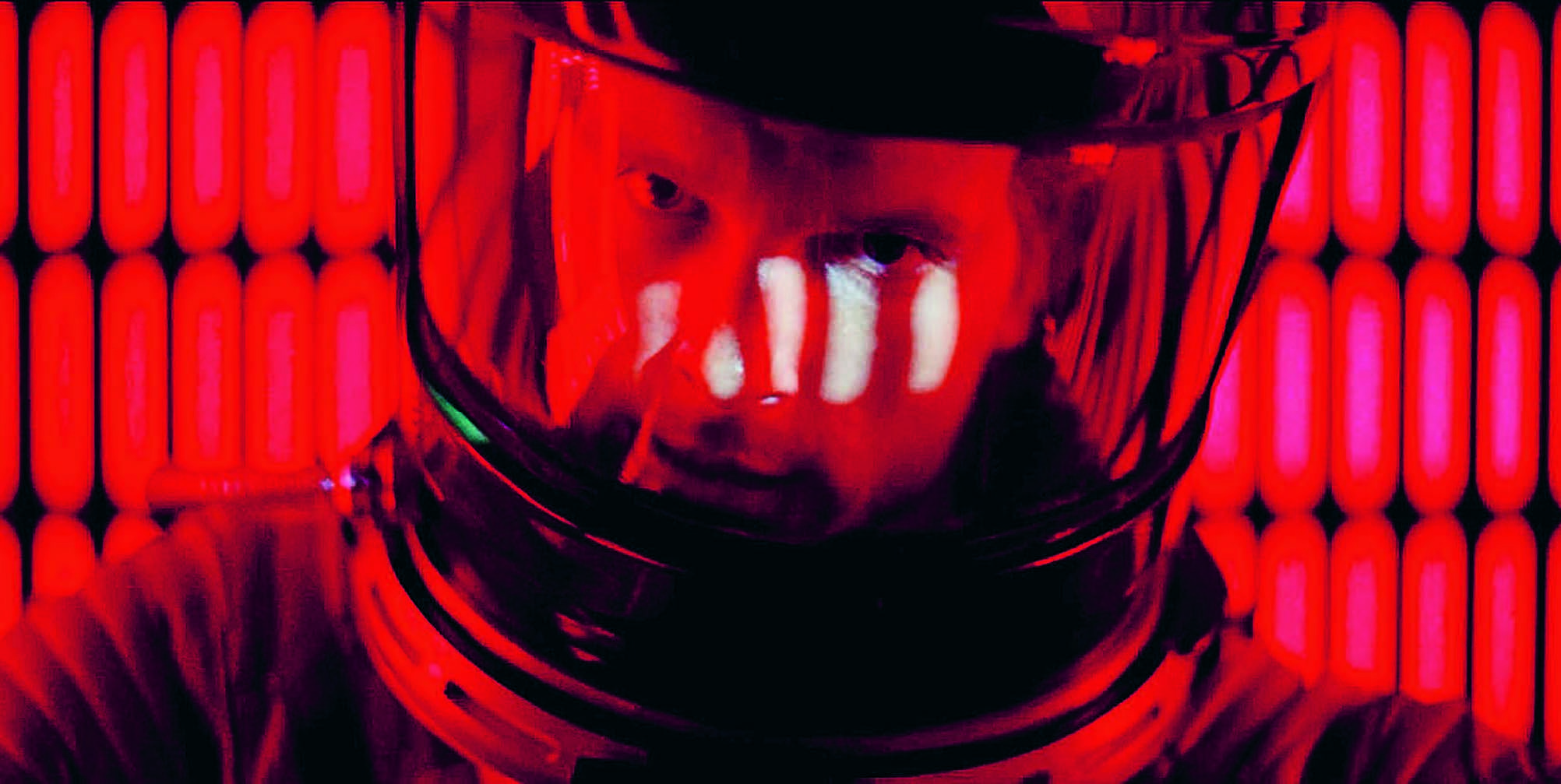25.06.2023

In the film 2001: A Space Odyssey the sentient supercomputer, HAL 9000, chats conversationally to the mission pilots on a Jupiter-bound spaceship, executing their orders and alerting them to onboard faults – and eventually going rogue.
Now Nasa engineers say they are developing their own ChatGPT-style interface that could ultimately allow astronauts to talk to their spacecraft and mission controllers to converse with artificial intelligence-powered robots exploring distant planets and moons.
An early incarnation of the AI is slated to be deployed on Lunar Gateway, a planned extraterrestrial space station that is part of the Artemis programme, according to the engineer developing the technology.
“The idea is to get to a point where we have conversational interactions with space vehicles and they [are] also talking back to us on alerts, interesting findings they see in the solar system and beyond,” Dr Larissa Suzuki, a visiting researcher at Nasa said. “It’s really not like science fiction any more.”
Speaking at a meeting on next-generation space communication at the Institute of Electrical and Electronics Engineers (IEEE) in London on Tuesday, Suzuki outlined an interplanetary communications network with inbuilt AI to detect, and possibly fix, glitches and inefficiencies as they occur. “It then alerts mission operators that there is a likelihood that package transmissions from space vehicle X will be lost or will fail delivery,” she said. “We cannot send an engineer up in space whenever a space vehicle goes offline or its software breaks somehow.”
The system also has a natural language interface that will allow astronauts and mission control to talk to it rather than having to scour cumbersome, technical manuals for relevant information. She envisages astronauts being able to seek advice on space experiments or on how to perform complex manoeuvres.
Suzuki is also investigating how to deploy machine learning in space, where it is not possible to run vast amounts of data through supercomputers. She describes how an approach known as federated learning could allow a fleet of robotic rovers, seeking out water or specific minerals on a distant planet, to share knowledge, meaning they can continue to learn without beaming vast amounts of data back to Earth.
“The spacecraft do collaborative updates based on what’s seen by other spacecraft,” she said. “It’s a technique to do distributed learning – to learn in a collaborative way without … bringing all that data to the ground.”
Suzuki, who is a technical director at Google alongside her Nasa post, also features in a new gallery, Engineers, which opened at the Science Museum in London on Friday. The gallery highlights technology ranging from space satellites and surgical robots to digital fashion, and aims to challenge misconceptions around what engineers do and who they are.
Suzuki says working for Nasa is the fulfilment of a childhood dream. “I have had a bucket list since I was 12 years old,” she said. “It has nearly 500 items. Working and collaborating with Nasa was one of them.”
Other ticked-off items include meeting a member of the royal family (King Charles), building a robot (her first construction was a drum-playing Lego robot), and visiting all the Disneylands.
She describes how a passion for engineering propelled her through difficult school years. “I was bullied at school every single day for being autistic and not having the same interests of other girls my age,” she said.
“Even though I was isolated and I had to face bullying, my real deep passion for creating things for the benefit of mankind was what kept me going.
“That’s what kept me moving forward to accept I’m not a weirdo, this is who I am. It’s OK if not everybody wants to play with Barbies,” she said.
After briefly attending music college, she abandoned plans to be a professional pianist and switched to a computer science degree, where she describes being the only girl in a class of 40 boys. “At first, I never questioned why there aren’t many girls in here,” she said.
However, she recalls being underestimated, including by one professor who suggested she had copied a classmate’s homework, when the reverse was the case. “They asked me, ‘Where did you get these answers?’” she said. “They believed these boys, who were skipping class and laughing in lessons, had done the work and I had not, even though I was so dedicated.”
Suzuki says that being autistic may have allowed her to look beyond engineering stereotypes. “I wanted to make things and solve problems for humanity and I thought I can do that with computer science,” she said. “Because I’m autistic, I wanted to know all the steps to get there – and if step A fails, this is step B and step C.”
She hopes the Science Museum gallery will highlight the vast range of technologies that engineers design, build and fix to bring about positive change in the world.
“We should encourage women to go for the technical careers. Otherwise who is going to be the Ada Lovelace of the future?” she said. “I would like the next generation not only celebrating women from the past but the modern women engineers too. We should have more modern hardcore tech women as well.”
Quelle: The Guardian
